Critical Infrastructure Month?
November 3rd, 2017
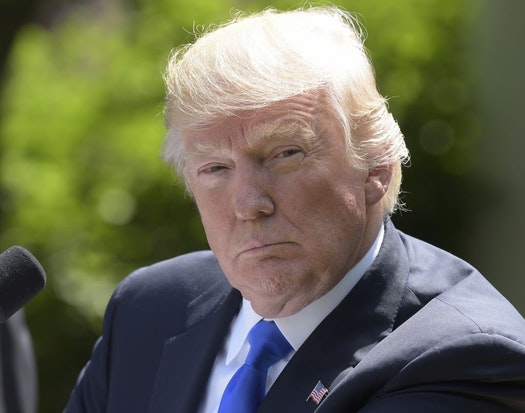
Did you know that November 2017 is Critical Infrastructure Security and Resilience Month?
Proclamation – Critical Infrastructure Security and Resilience Month_2017-24278
I find it unnerving when tRump says things like:
Our critical infrastructure also faces threats from capacity-induced strain, terrorist attacks, accidents, pandemics, space weather, and cyberattacks. To confront these diverse challenges systematically, we must take steps to enhance our Nation’s economic, intellectual, and technological leadership. My Administration will help our businesses invest in needed capital and research and development by reducing burdensome regulations and enacting comprehensive tax reform.
These aren’t exactly issues, it’s worked up hype. The language about “capacity-induced strain, terrorist attacks, accidents, pandemics, space weather, and cyberattacks” is a problem because there is not “capacity-induced strain,” and in fact, Xcel Energy whines that the grid is only 55% utilized, a point raised in its e21_Initiative_Phase_I_Report:
(N) Identify and develop opportunities to reduce customer costs by improving overall grid efficiency. In Minnesota, the total electric system utilization is approximately 55 percent (average demand divided by peak demand), thus providing an opportunity to reduce system costs by better utilizing existing system assets (e.g., generation, wires, etc.). (e21_Initiative_Phase_I_Report, p. 11).
There’s been one “terrorist attack” on infrastructure, the California substation:
Sniper attack on California power grid may have been ‘an insider’
Also note the phrase “capacity-induced strain,” which is all about market, but then again, we know that the market is the driver for this massive transmission buildout:
ICF – MISO Transmission Benefits Analysis
Who benefits? Utilities benefit big time. Those producing the glut of electricity that will be shipped from any Point A to any Point B; those building the transmission to ship it; and those providing transmission service. Who pays? Ratepayers and landowners and taxpayers (taxpayers? Yes, check the latest House bill for utility deductions for interest expenses and faster depreciation of expenses. And it came out in the last rate case that Xcel Energy hasn’t paid much in the way of taxes since 2008.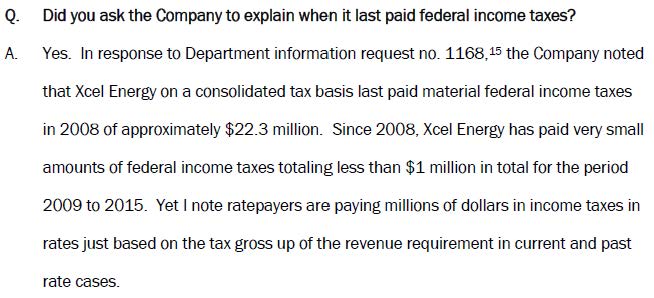
What will happen to this latest energy bill? We shall see…
Minnesota DOT looking for your input
July 25th, 2017
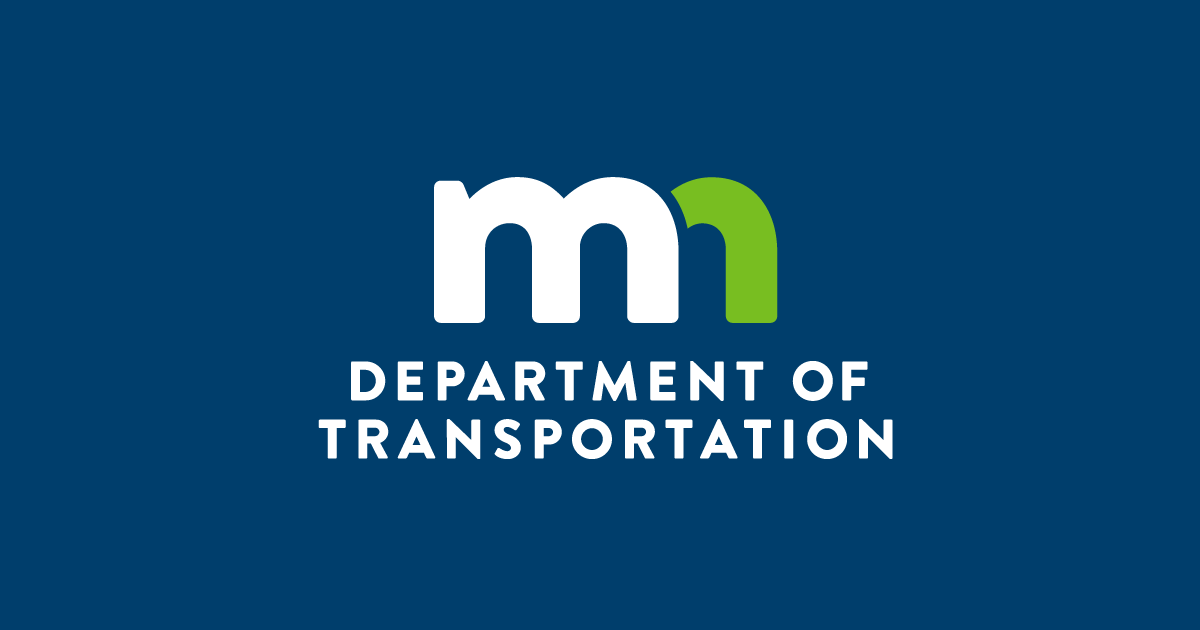
The DOT says it wants to hear from us, so let’s not disappoint:
Take this short 10 minute survey
There have been a number of issues I’ve worked on that the DOT’s been involved in, particularly transmission and silica sand transport, and a noteworthy project here that thankfully did not go forward was Zip Rail. These days, we’ve also got the Hwy. 63 bridge over the Mississippi River, and construction has started. The night view of what they’re building:

They’re also working on a 2nd passenger rail train to and from Chicago, which would directly serve Red Wing! YES!
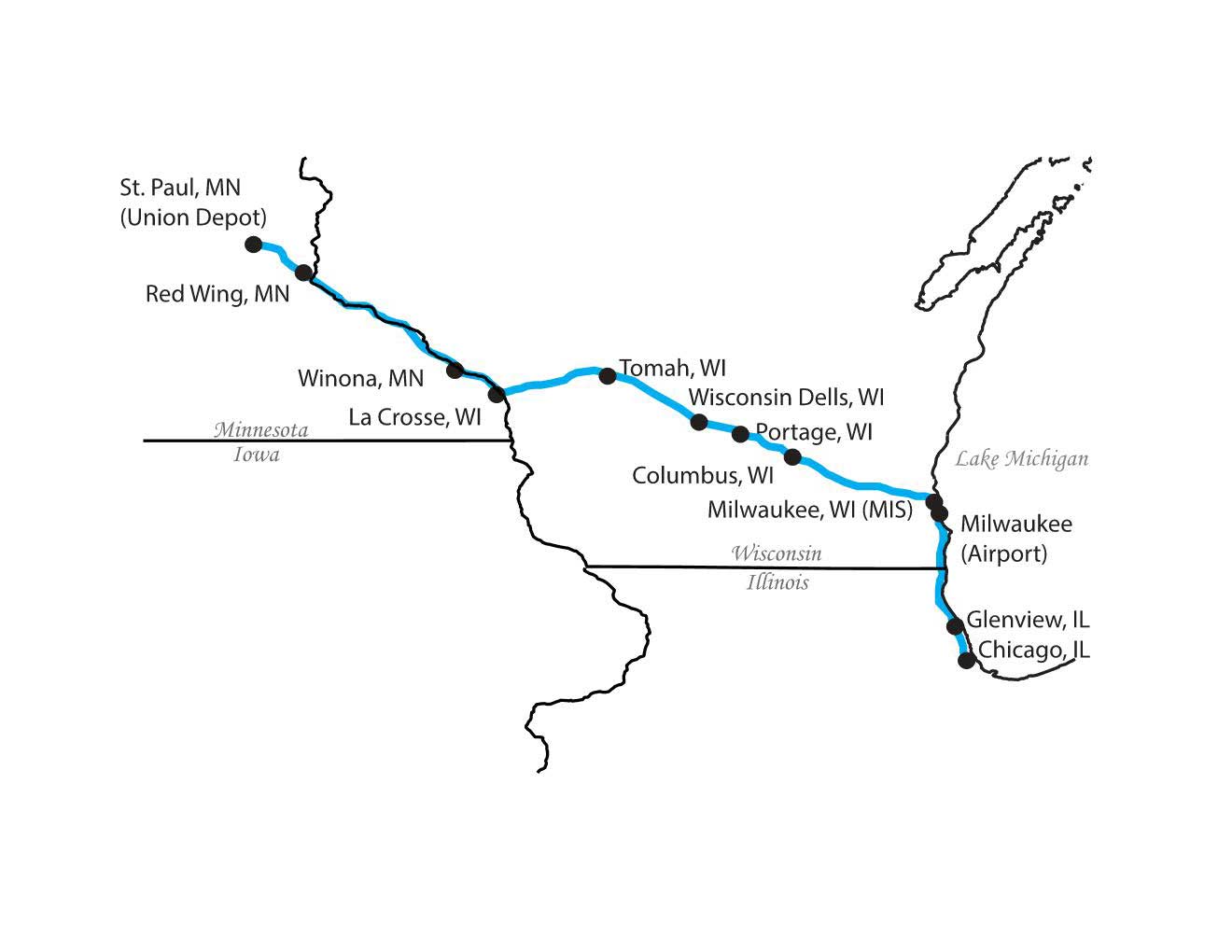
Let the DOT know what’s important to you, those little things like BRIDGE REPAIR, and maintenance. Road work must be done, and now we’ve got the budget to get to the many things that were neglected during the Pawlenty era. Expect delays, that’s the price we have to pay!
Overland’s June LTE in RW Republican Eagle
June 29th, 2017
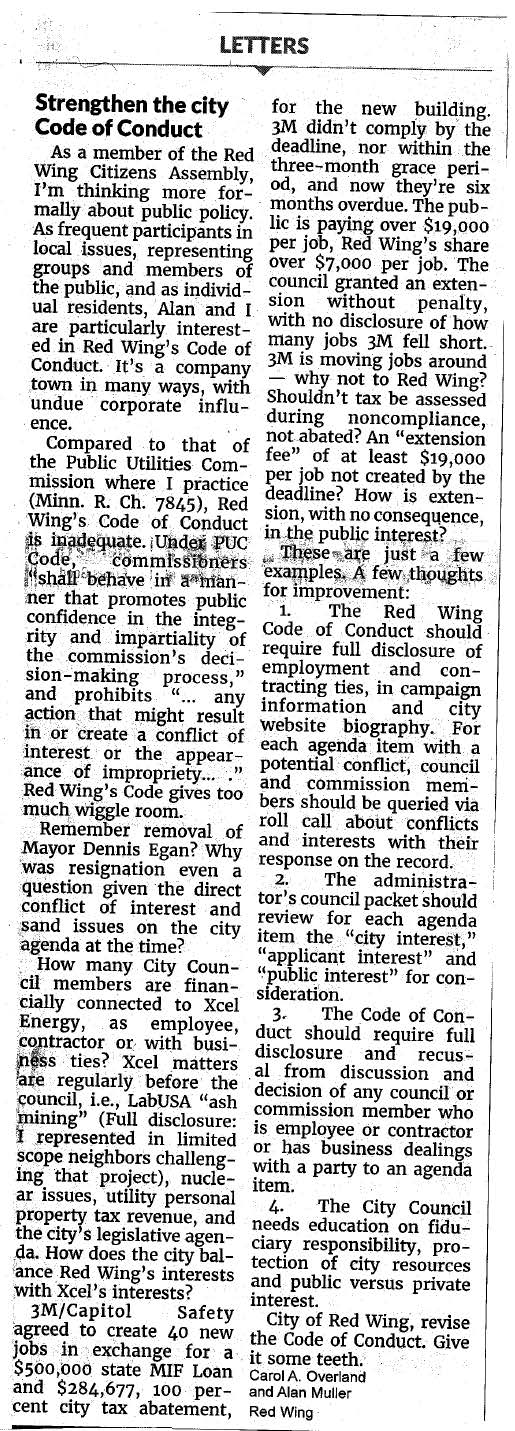
tRump on Climate Change – Withdraw from Paris Accord
June 1st, 2017
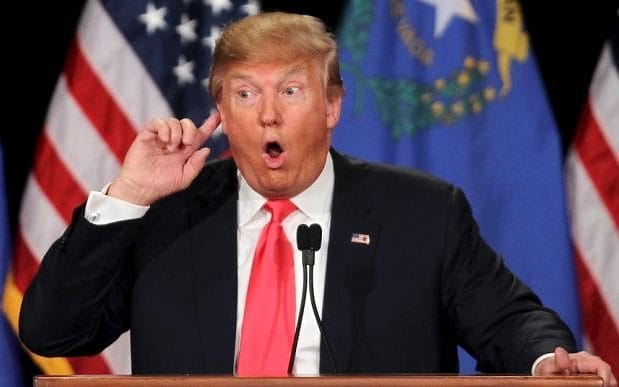
Listening to him speak is painful. This idiot is talking about “Clean Coal.” Claims that the Paris Accord stops development of “Clean Coal.” DOH, IT’S THE ECONOMY STUPID!
He’s again blathering about 3-4% growth. Delusional.
The Paris Accord hamstrings America? The Paris Accord limits the American economy?
His points in the speech are insane. A load of covfefe!

Here are tRumpe’s talking points handed out prior to today’s announcement:
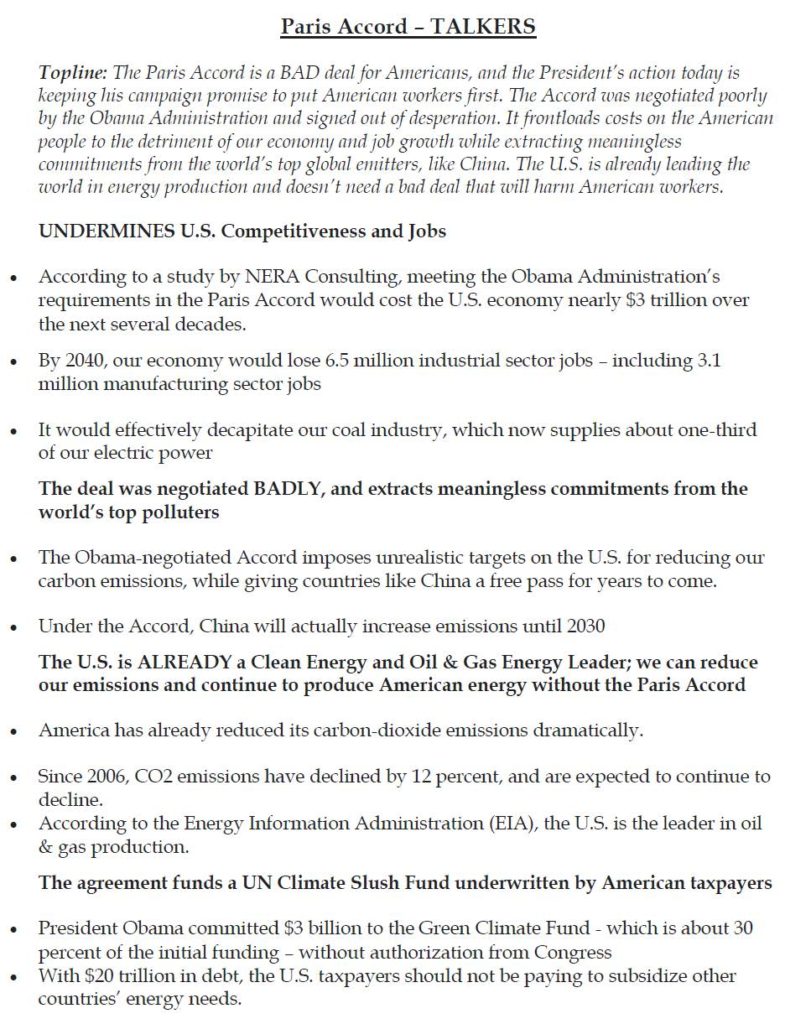

CO2 pipelines? It’s a red herring!
March 22nd, 2017

The Great Plains Institute has long been a problem, and it remains a problem, evidenced in today’s missive trying to bootstrap onto tRump’s “infrastructure” agenda, by releasing a “White Paper” “calling on President Trump and Congress to make CO2 pipelines a priority component of a broader national infrastructure agenda and recommending that the federal government support the development of CO2 pipeline networks.” Oh, great… brilliant idea, just brilliant.
Great Plains Institute a problem? Yes. They were paid handsomely to promote coal gasification, projects including but not limited to Excelsior Energy’s Mesaba Project, the boondoggle of boondoggles. For example:
Great Plains Institute – is Joyce getting their $$ worth?
January 18th, 2007
Carbon capture and storage/sequestration was seen by many circa 2005 as a “way forward for coal.” So the Walton’s Bill Grant said. No. It wasn’t.
CO2 sequestration is so… like… not happening!
It wasn’t a “way forward for coal” then, and it isn’t now.
The market has spoken on coal, and it’s clear that coal is on the way out as coal companies go bankrupt, as coal generated electricity languishes on the energy market, and as the inefficient and costly older coal plants have closed, with newer larger plants waiting in queue to be shuttered.
And CO2 capture and storage/sequestration is a farce. Why? Well, we learned a lot about CO2 capture in our fight against Excelsior Energy’s Mesaba Project. That’s where the Public Utilities Commission determined that it was just to expensive and risky to approve a Power Purchase Agreement — go HERE and search for PUC Docket 05-1933. Here’s a rough visual of CO2 capture and storage/use:
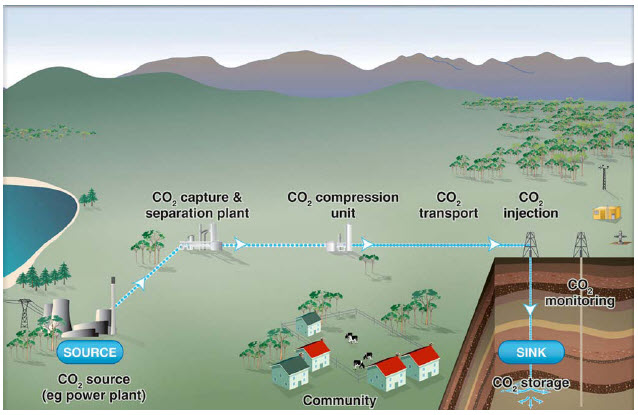 From Global CCS Institute HERE
From Global CCS Institute HERE
So what’s the problem?
- First, capture is costly and difficult, particularly capturing any significant portion of CO2 generated.
- The higher percentage captured, the higher the cost of that capture, and high percentage capture has not been achieved.
- The cost of capture is not only the cost to physically do it, the hardware, technology, and engineering, but there is a high cost in efficiency of the CO2 producer, a parasitic cost, meaning that if you’re capturing that CO2, you’re paying a high price in efficiency of an already inefficient process (burning is always inefficient).
- And another parasitic cost, these pipelines require pumping stations to pressurize andpump it into the pipeline, a pumping station every 75 miles or so to keep that pressure up, and a pumping station at the destination, and those pumping stations require 4-10 MW of power, depending.
- Environmentally, the impacts of digging up land for hundreds of miles is immense.
- These are private projects and for a private project, a private purpose, eminent domain isn’t available for the taking of people’s land.
Yet this CO2 capture and storage/sequestration farce continues, evidenced in the most recent Great Plains Institute missive I found in the inbox, here the missive’s link to CO2 capture and storage for oil extraction, “Enhanced Oil Recovery”.
Here’s their “White Paper” with what they’ll be lobbying for:
Short version: The federal government should make this CO2 pipeline and infrastructure build out happen across the country, a la the Interstate highway system.
In light of tRump’s Executive Order 13766, Expediting Environmental Reviews and Approvals for High Priority Infrastructure Projects, that’s a scary notion.
Check out this site from Global CCS Institute, and note, they talk of benefits, but look for talk of costs. Hmm…
A “way forward for coal?” CO2 capture? Over my dead polar bear.